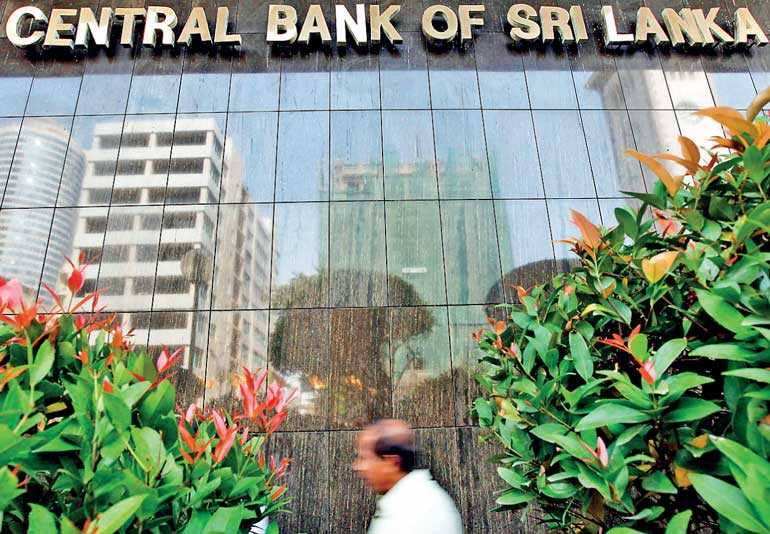Saturday Dec 06, 2025
Saturday Dec 06, 2025
Monday, 1 October 2018 00:40 - - {{hitsCtrl.values.hits}}

Reuters) - Sri Lanka’s central bank is expected to raise its key interest rates on Tuesday, a Reuters poll showed, to prop up the rupee amid foreign outflows from government bonds and after the U.S. Federal Reserve raised rates earlier last week.
Policymakers are left to defend a fragile rupee and prevent outflows as emerging markets come under pressure from rising U.S. interest rates, analysts say.
The Fed raised interest rates last week, as expected, and still foresees another rate hike in December, three more next year, and one increase in 2020.
The Sri Lankan rupee hit a fresh low of 169.40 per dollar on Thursday due to importer demand for the greenback and foreign selling in government securities. It has fallen 4.8% in September and 10.2% this year.
Nine out of 15 economists surveyed expected the central bank to raise both its standing deposit facility rate (SDFR) and standing lending facility rate (SLFR), which have been left unchanged since a 25 basis point (bps) cut in SDFR in April.
Four economists expected a 50 basis point increase in both SDFR and SLFR, while a similar number expected a 25 bps hike in both. One analyst expected a 100 bps increase in SLFR.
Six economists expected the central bank to keep SDFR and SLFR unchanged at 7.25% and 8.50% respectively.
All 15 analysts saw the statutory reserve ratio (SRR) remaining steady at 7.50%.
“A rate hike could mitigate capital flight out of the bond market and assist in providing some stability for the rupee,” said Danushka Samarasinghe, research head at Softlogic Stockbrokers. The need for a rate hike has increased after this week’s Fed rate hike “which would create an upward push in rates within the global markets,” he added.
“The recent dollar strengthening would lead to higher inflation in coming months. So a rate increase could be warranted to keep inflation in check. But a rate hike in the local market could further affect growth momentum in an already slowing economy.”
The island-nation’s economy, which slowed to a 16-year low of 3.3% in 2017, picked up to 3.7% in the second quarter from 3.0% a year ago, led by the services and agriculture sectors as industrial expansion slowed.
Sri Lanka has suffered a net outflow of 62.3 billion rupees ($368.42 million) in government bonds so far this year, central bank data showed.
A strengthening dollar since mid-April has increased the credit risk of several emerging markets, including Sri Lanka, due to currency depreciation, ratings agency Moody’s said in June.
Previous rate increases, along with tight fiscal measures to meet conditions imposed by the International Monetary Fund for a $1.5 billion loan, have dragged on the country’s economy.